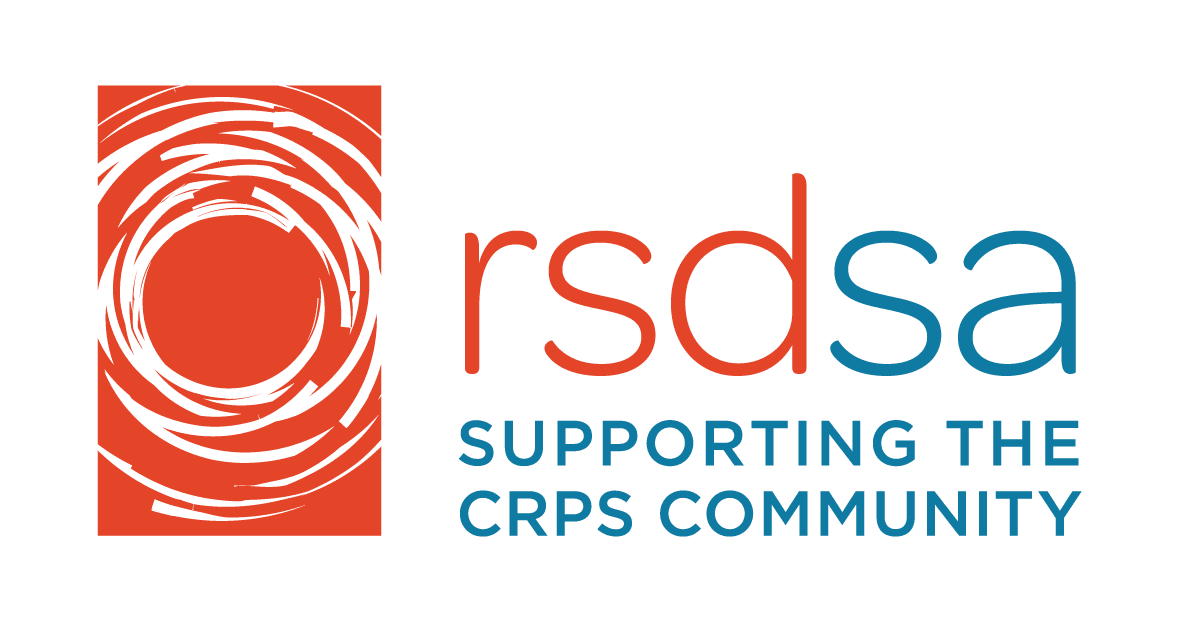Written by Pain Coach + Chaplain Bonnie Lester, MA for the RSDSA blog.
How and when did you develop CRPS/RSD?
I developed CRPS in 1986 in my left dominant hand and left shoulder after my car was hit by a speeding drunk driver. Two years later in 1988 I underwent a left cervical sympathectomy after repeated stellate ganglion blocks failed to bring extended relief. The surgery spread CRPS from the left side of my neck down to my left foot and left me with a useless dominant hand.
What has daily life been like since your diagnosis?
Since I was diagnosed 38 years ago I have learned the importance of incorporating self-care into my life in conjunction with the treatments suggested over the years by my health care providers. Though I achieved remission 30 years after my diagnosis and have been pain free for nine years now, I raised my son and lived through a divorce and remarriage during the years I lived with high levels of burning pain. I survived three decades of CRPS by following a disciplined approach of taking an active role to incorporate comforting activities in my day. This ranged from using a TENS unit, using mindfulness strategies, challenging my negative thoughts, and listening to soothing and uplifting music throughout the day.
What is one thing you wish those without CRPS/RSD could understand?
Some things I’d like others without CRPS/RSD to understand is that it’s challenging to concentrate when your brain is always signaling your body’s on fire. I’d also like them to understand that it’s more helpful to ask, “Can I help you in any way?” rather than saying “I’m sorry you’re in so much pain.”
What advice would you give to newly diagnosed Warriors?
Science has made great advancements since I was diagnosed in 1986. Today there are a wide array of options to address persistent pain and the earlier a person is diagnosed with CRPS and begins treatment the better the outcome. It’s essential for you to learn basic pain education to understand what is known about CRPS at this time as well as learn how persistent/chronic pain is different from acute pain. Science says an optimal outcome in dealing with persistent pain can be achieved using the mind/body approach which includes incorporating healthy lifestyle behaviors such as movement, nutrition, stress management, achieving a restorative sleep, and maintaining positive social connections.
What encouragement would you give to Warriors who have had CRPS/RSD for many years?
I am now in remission after living with CRPS for thirty years. Remission is possible regardless of the length of time the condition has existed.
What activities or treatments have helped you find temporary or long term relief?
I understand each of us are unique and our experiences with the same treatments may have different outcomes.
What I found most useful:
TENS unit and Soma, a muscle relaxant.
The many different antidepressants and anti-inflammatories I was prescribed barely dialed down the pain. I couldn’t tolerate Neurontin, a commonly prescribed medication for CRPS. I used Fentanyl and Norco for nine years but it didn’t reduce my burning pain. I achieved remission after I learned about neuroplasticity in 2010 and decided to incorporate neuroplasticity exercises into my life.
I used sensory stimulation activities that I created on my own and achieved a pain-free life. I tapered off of all my pain related medications and now live an active life at the age of seventy-one.
Since I achieved remission and regained the use of my hands I’ve entered the cyber world and discovered neuroplasticity is now the basis of some CRPS treatments. One such treatment is guided motor imagery (GMI) that some physical therapists and occupational therapists are using with their CRPS patients.
Anything else you would like to add?
In 2021 my educational and inspirational Instagram account attracted an invitation to appear on a podcast interview. During the interview the host encouraged me to author a book about my miraculous recovery and my affordable and accessible strategies for pain management. While I researched the world of apps to include in the resources section of my book I discovered TrainPain, an app based on neuroplasticity science. This mindfulness app integrates physical sensations with game-based training.
After meeting with the founder of TrainPain I was invited to partner with TrainPain to present free patient education workshops for newly diagnosed CRPS patients.
Here’s how to connect with me:
Email: [email protected]
Instagram: @bonbonlester
Website: BonnieLester.com
On my website you can sign up to receive my newsletter that provides science-based information and free PDF’s with strategies to feel better now.

